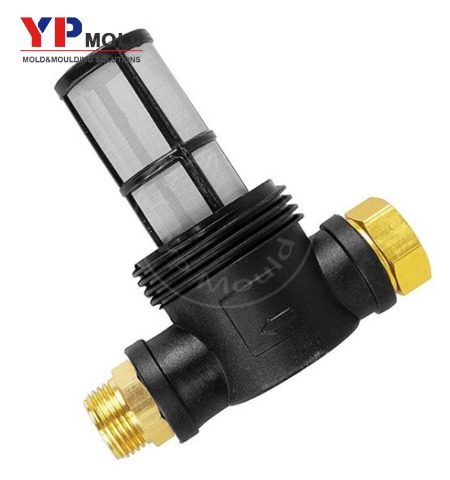Injection moulding is a technique used to fabricate plastic parts. It is a highly efficient and productive process that produces high quality and repeatable components.A plastic injection mould is a specialised tool that is used to mould a range of different types of products. The mold is used to form the final shape of a product by injecting molten plastic into the core & cavity design of the tool, then cooling it.

The material that is used in the mould is determined by the type of product to be made, the desired strength and the required aesthetic qualities. Materials such as nylon, polyethylene, elastomers and polystyrene can all be used in the moulding process.Some of the important properties that can be considered when choosing the plastic that will be used in the mould include elasticity, heat deflection, water absorption and impact resistance. These features are particularly important when using a plastic to make parts that will be subjected to harsh or hot conditions.
Injection molded parts are available in a wide variety of materials, each with unique properties. For example, acrylonitrile butadiene styrene (ABS) is an opaque, engineering-grade plastic that is popular for its toughness and resistance to chemicals and weather.Other materials that are often used for injection molded parts include HIPS, which is known for its high impact strength and stiffness, and GPPS, which has low melting points and is widely used for medical, optical and electrical and electronic applications.


 English
English 中文简体
中文简体



.jpg?imageView2/2/format/jp2) View More >>
View More >>.jpg?imageView2/2/format/jp2) View More >>
View More >>-1.jpg?imageView2/2/format/jp2) View More >>
View More >>.jpg?imageView2/2/format/jp2) View More >>
View More >>.jpg?imageView2/2/format/jp2) View More >>
View More >>-1.jpg?imageView2/2/format/jp2) View More >>
View More >>



